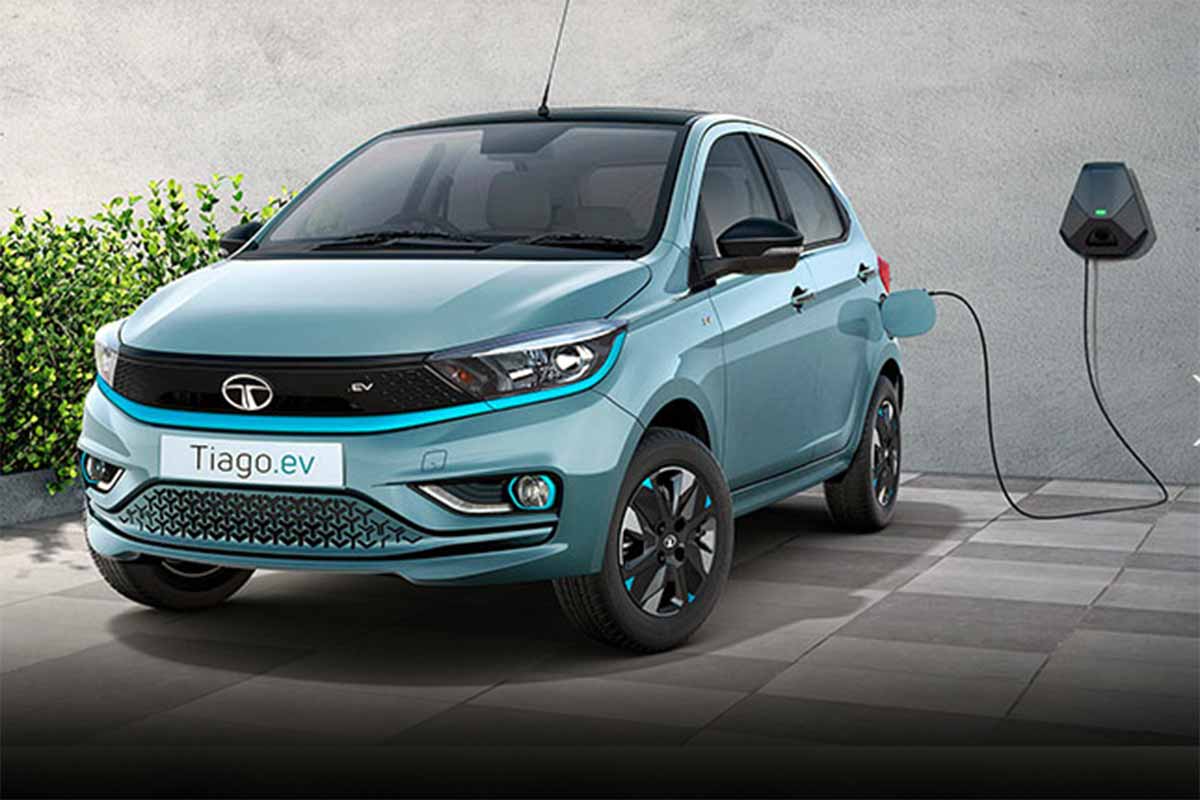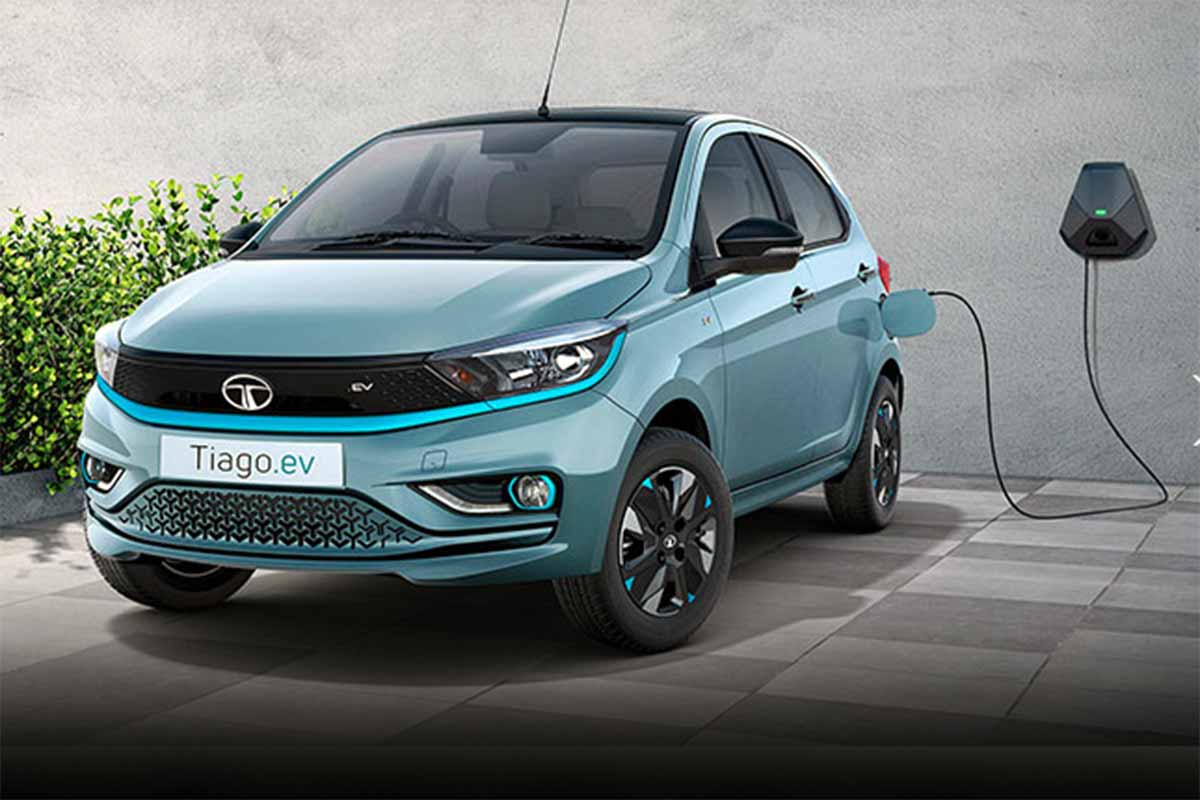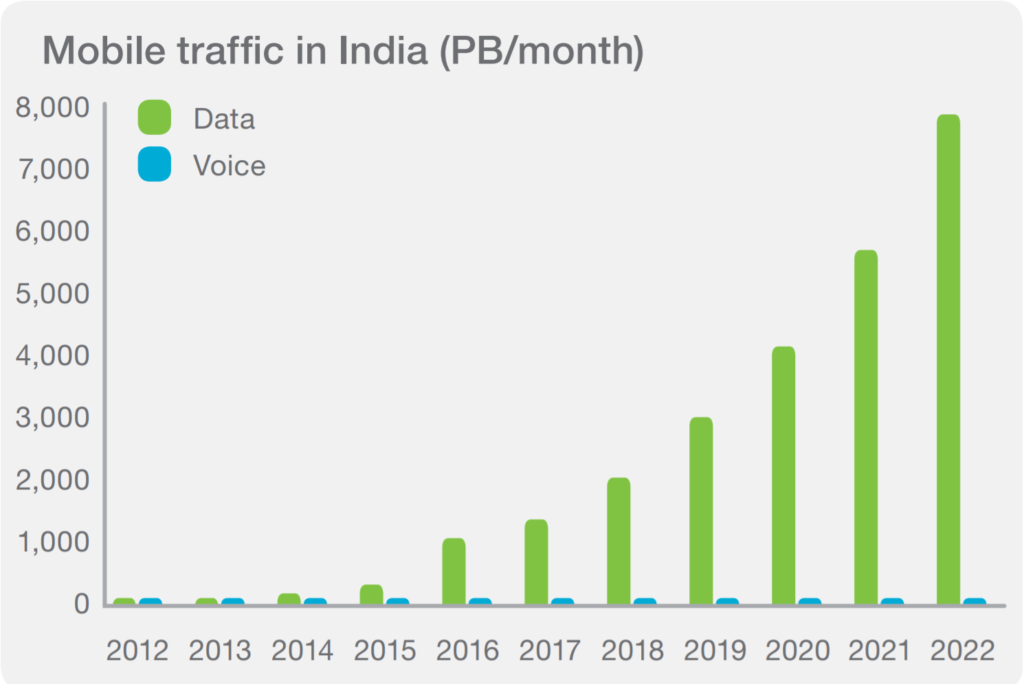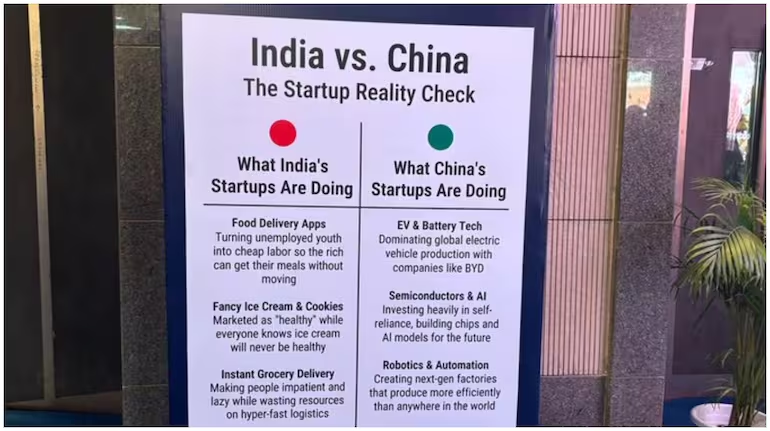
The Electric Vehicle Revolution: India’s Road to a Greener Future
India is accelerating toward a more sustainable future with its rapidly growing electric vehicle (EV) market. With rising pollution levels, increasing fuel prices, and a strong governmental push toward green energy, the shift to electric vehicles is one of the most important milestones in the country’s road to environmental sustainability. But what exactly is driving this revolution, and how far along is India on this path? Let’s take a closer look at the current trends and future prospects.
What’s Driving the Electric Vehicle Boom in India?
The adoption of electric vehicles in India is gaining momentum due to a combination of factors, ranging from government incentives to the growing environmental consciousness among consumers. Let’s break down the key drivers:
- Government Incentives and Policies: The Indian government has introduced several initiatives, including tax rebates, subsidies, and incentives under the Faster Adoption and Manufacturing of Hybrid and Electric Vehicles (FAME) scheme. These policies make EVs more affordable for consumers and provide manufacturers with the necessary support to scale production.
- Environmental Concerns: With air pollution levels in major cities like Delhi and Mumbai reaching hazardous levels, consumers are increasingly turning to electric cars as a cleaner alternative to traditional fuel-powered vehicles.
- Rising Fuel Prices: India’s reliance on imported oil makes it vulnerable to global oil price fluctuations. EVs, which run on electricity, provide an alternative to expensive petrol and diesel, thus reducing transportation costs for drivers.
- Technological Advancements: As EV battery technology improves, the range and affordability of electric vehicles continue to grow. More manufacturers are also entering the market, increasing the availability and variety of EV models for Indian consumers.
How EV Adoption is Changing the Indian Market
The shift to electric vehicles is not just about cleaner cars—it’s also about reshaping the entire Indian transportation landscape. Here’s how this transformation is unfolding:
1. The Surge in EV Sales
Sales of electric vehicles in India have surged in recent years. In 2024 alone, the number of EVs on Indian roads grew by over 50%. This surge can be attributed to the growing demand for eco-friendly vehicles, especially among younger, environmentally conscious consumers. The rise of electric two-wheelers and three-wheelers has also contributed to the boom, with popular companies like Ola Electric and Ather Energy leading the charge.
2. Expansion of Charging Infrastructure
A critical challenge in the widespread adoption of electric vehicles is the lack of charging stations. However, this is changing rapidly. The government and private players are investing heavily in expanding the EV charging infrastructure across the country. In major cities like Delhi, Bengaluru, and Mumbai, charging stations are popping up at key locations, including shopping malls, highways, and even residential complexes. This expansion is crucial to address range anxiety, a common concern among potential EV buyers.
3. EVs in the Public Transport Sector
Electric buses are becoming a significant part of public transportation in India. Cities like Ahmedabad, Mumbai, and Bengaluru have already launched electric bus fleets, and other cities are expected to follow suit. These buses are not only reducing air pollution but are also cheaper to maintain than traditional diesel buses, making them a smart investment for the government.
What Does the Future Hold for Electric Vehicles in India?
India is just getting started with its electric vehicle journey, and the future looks promising. Here’s what we can expect in the coming years:
- Lower EV Prices: As EV production scales up and battery technology improves, we can expect to see a decrease in the prices of electric cars. This will make EVs even more accessible to the average Indian consumer.
- Increased Variety of Models: More automakers are entering the EV space, meaning we’ll see a wider variety of electric cars and two-wheelers catering to different consumer needs and price ranges.
- Stronger Green Energy Policies: The Indian government’s focus on sustainable energy sources, like solar and wind, will complement the rise of electric vehicles, making the entire ecosystem more eco-friendly.
Conclusion: A Green Future on the Horizon
India’s electric vehicle revolution is in full swing, and the country is poised to become a global leader in sustainable transportation. With strong government support, advancements in technology, and growing consumer demand, the electric vehicle market in India is set to accelerate in the coming years. The shift to EVs will not only help reduce pollution and dependence on fossil fuels but will also drive innovation, creating a cleaner and greener future for the nation.



